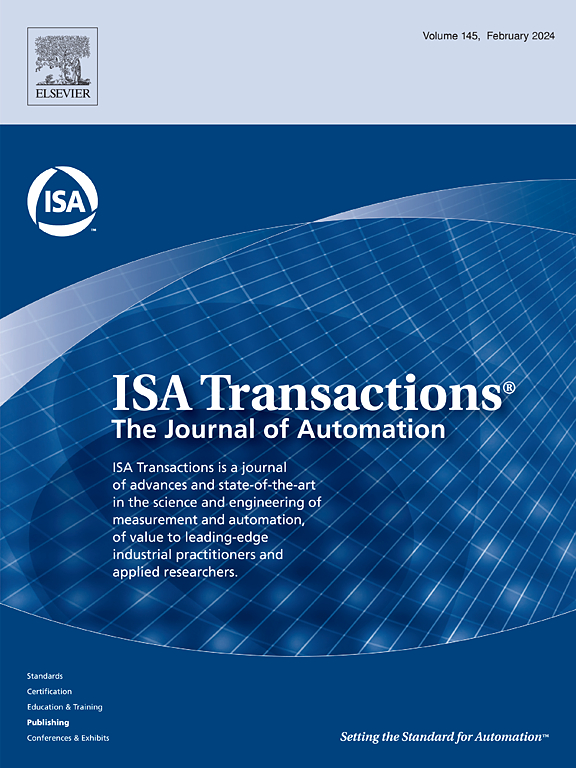Time-optimal global path planning and collision-avoidance local path planning for USVs in traffic separation scheme-implemented coastal waters
IF 6.5
2区 计算机科学
Q1 AUTOMATION & CONTROL SYSTEMS
引用次数: 0
Abstract
Under multiple constraints including unmanned surface vehicle (USV) dynamics, traffic separation scheme (TSS) requirements, navigable water boundaries, and safety thresholds for collision risks, time-optimal path planning and collision-avoidance (COLAV) path planning for USVs in TSS-implemented coastal waters remain challenging. To overcome this challenge, we innovatively develop a hierarchical Gaussian-process-based nonlinear programming (GPNLP) approach for the USV time-optimal global path planning and COLAV local path planning. We model irregular static obstacles using Gaussian process regression for the first time, such that navigable waters are more sufficiently utilized for path planning. A TSS compliance assessment function is created to output violation penalties for the TSS requirements that should be satisfied as far as practicable. Accordingly, we plan the time-optimal global path and the COLAV local path hierarchically by minimizing two integral objective functions (with respect to the TSS violation penalties) subject to the multiple constraints. Simulations and simulation comparison results demonstrate that both the planned USV time-optimal global path and COLAV local path under the proposed hierarchical GPNLP approach are USV dynamics compliant and TSS compliant.
基于分道通航的沿海水域无人水面艇全局路径规划与避碰局部路径规划
在包括无人水面车辆(USV)动力学、交通分离方案(TSS)要求、可通航水域边界和碰撞风险安全阈值在内的多种约束下,在实施TSS的沿海水域中,无人水面车辆的时间最优路径规划和碰撞避免(COLAV)路径规划仍然具有挑战性。为了克服这一挑战,我们创新地开发了一种基于分层高斯过程的非线性规划(GPNLP)方法,用于USV时间最优全局路径规划和COLAV局部路径规划。我们首次使用高斯过程回归对不规则的静态障碍物进行建模,使可通航水域更充分地用于路径规划。创建一个TSS遵从性评估功能,以输出应尽可能满足的TSS要求的违规处罚。因此,我们通过最小化两个受多重约束的积分目标函数(关于TSS违规处罚),分层规划了时间最优的全局路径和COLAV局部路径。仿真和仿真比较结果表明,在本文提出的分层GPNLP方法下,规划的USV时间最优全局路径和COLAV局部路径均符合USV动力学和TSS要求。
本文章由计算机程序翻译,如有差异,请以英文原文为准。
求助全文
约1分钟内获得全文
求助全文
来源期刊

ISA transactions
工程技术-工程:综合
CiteScore
11.70
自引率
12.30%
发文量
824
审稿时长
4.4 months
期刊介绍:
ISA Transactions serves as a platform for showcasing advancements in measurement and automation, catering to both industrial practitioners and applied researchers. It covers a wide array of topics within measurement, including sensors, signal processing, data analysis, and fault detection, supported by techniques such as artificial intelligence and communication systems. Automation topics encompass control strategies, modelling, system reliability, and maintenance, alongside optimization and human-machine interaction. The journal targets research and development professionals in control systems, process instrumentation, and automation from academia and industry.
 求助内容:
求助内容: 应助结果提醒方式:
应助结果提醒方式:


